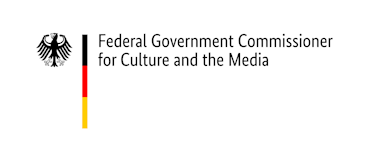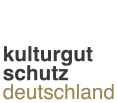Ban on placing on the market
The ban on placing certain types of cultural property on the market is a powerful weapon in the battle against illegal trafficking in cultural property. It covers cultural property that has been lost, unlawfully excavated or unlawfully imported (Section 40 (1) of the Act on the Protection of Cultural Property – Kulturgutschutzgesetz, KGSG).
The definition of lost property derives from Section 935 (1) of the German Civil Code (Bürgerliches Gesetzbuch, BGB) and means involuntary loss of possession by the owner. It thus covers things that are stolen, lost or otherwise missing, without prejudice to the auction privilege provided for in Section 935 (2) BGB.
Cultural property counts as unlawfully excavated if its excavation has breached a domestic or foreign law protecting archaeological or palaeontological cultural artefacts. The most likely offence here is an infringement of the requirements for a licence or permit.
The unlawful import of cultural property is regulated in detail in Section 32 KGSG. This says that, from 6 August 2016 (when the KGSG entered into force), it is unlawful to import cultural property that was removed from the sovereign territory of another state after the dates named in Section 32 KGSG in violation of the legislation protecting national cultural property applicable in that state.
A breach of the ban on placing on the market under Section 40 (1) KGSG invalidates any relevant executory contracts and transfer agreements. This does not apply where the auction privilege laid down in Section 935 (2) BGB gives priority to protecting movements of cultural property and allows previously lost or missing objects to be acquired.
Anyone who intentionally or negligently breaches the ban on placing on the market may be liable to compensate the acquirer (Section 40 (4) KGSG). An intentional breach of Section 40 (1) KGSG may also have consequences under the criminal law (Section 83 (1) no. 4 KGSG).

